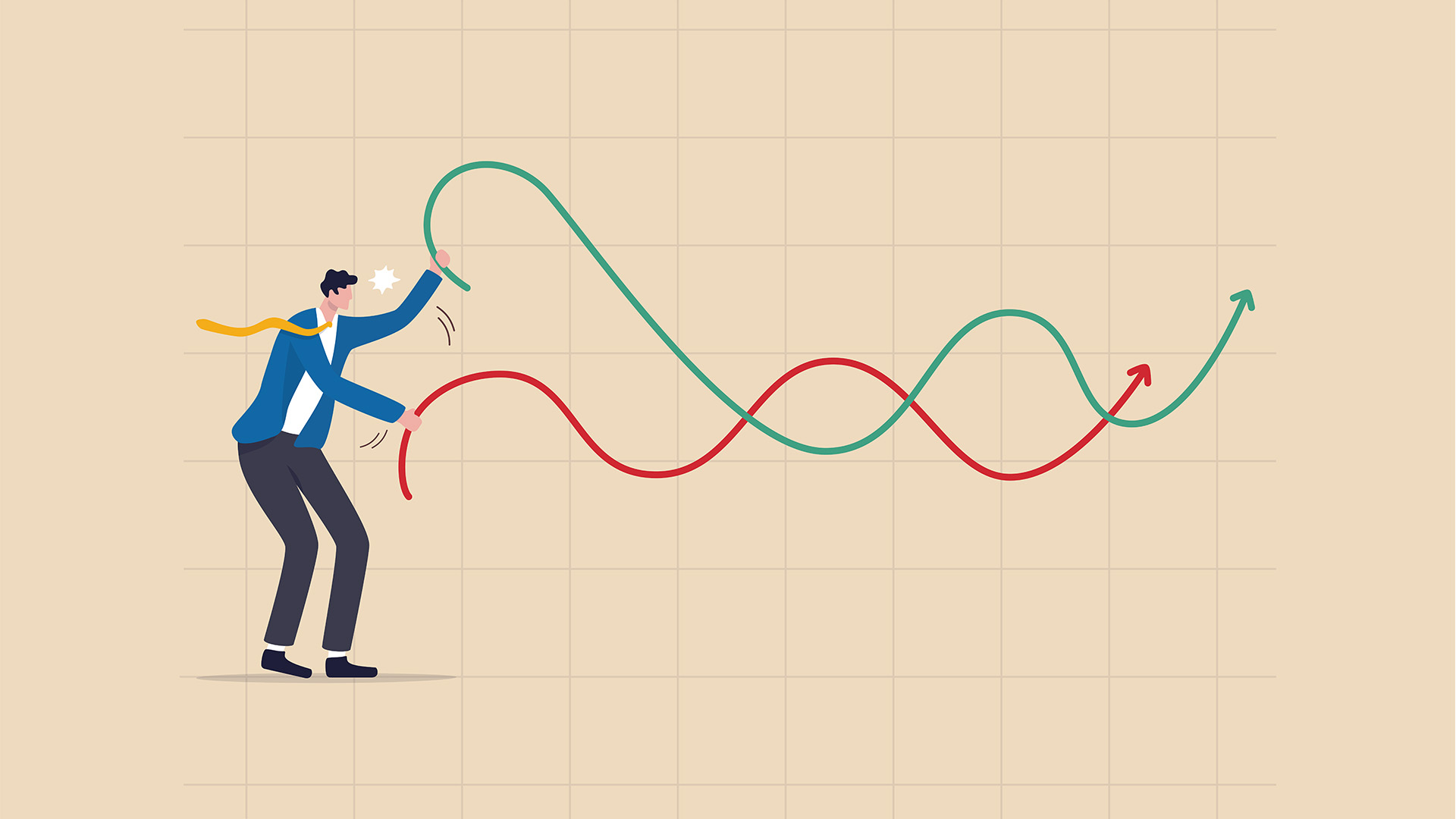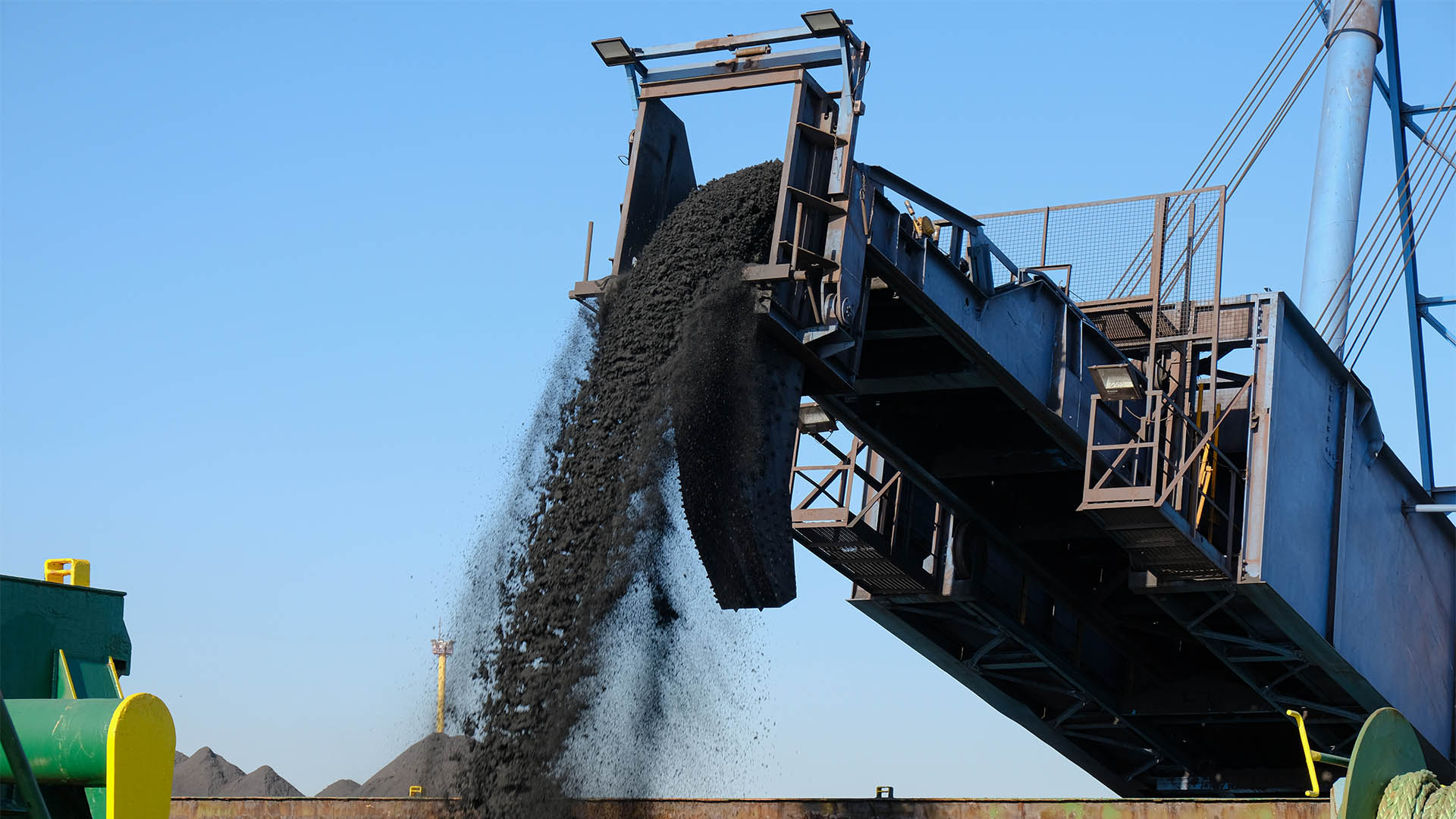As expected the May jobless figures were not good – the seasonally adjusted employment fell by another 227,700 people between April and May, according to the Australian Bureau of Statistics Labour Force report yesterday.
Unemployment rose by 85,700 people to 927,600, and the unemployment rate increased by 0.7 percentage points to 7.1% from a revised 6.4% in April and 5.2% in March.
The ABS said the drop in employment, of close to a quarter of a million people, added to the 600,000 in April, brings the total fall to 835,000 people since March.
“The ABS estimates that a combined group of around 2.3 million people – around 1 in 5 employed people – were affected by either job loss between April and May or had less hours than usual for economic reasons in May,” Bjorn Jarvis, head of labour statistics at the ABS said in yesterday’s release.
“In two months, the percentage of people aged 15 and over employed in Australia decreased from around 62.5 percent to around 58.7 percent,” he added.
If it wasn’t for hundreds of thousands of people giving up on the jobs market altogether, the unemployment rate would be nudging 11.3%, the ABS data showed.
That would be the highest unemployment rate since the ABS started collating monthly figures in 1978, and probably the worst since the Great Depression.
This was reflected in a further fall in the participation rate, down 0.7 percentage points to 62.9%. The last time the participation rate was below 63% was in January 2001, the ABS pointed out.
Job losses were larger among women and young people, the Bureau pointed out.
“Compared to a year ago, there were 237,900 less people employed full-time and 457,700 less people employed part-time. This change led to a decrease in the part-time share of employment over the past 12 months, from 31.7% to 29.7%,” the ABS said.
The employment to population ratio, which is a measure of how employed the population (aged 15 years and over) is, decreased by 1.1 pts in May to 58.4%.
There were hints of a steadying in the labour market in May – more people did some work in May compared to April, while the number of people who did no work in April halved to around 360,000 in May, a significant improvement.
The ABS said in its analysis of the data that almost 2.3 million people “were affected by either losing their job between April and May, or working reduced hours for economic reasons in May.
That was an improvement of around 400,000 from the 2.7 million reported in April – an improvement of around 15%. But it was still much higher than those who gained jobs in May (yes, job creation continues even in the toughest of economic times).
The ABS said of the near 2.3 million people, more than 700,000 were “employed in April and but not employed in May” and around 1.55 million people worked either fewer than their normal hours of work, or worked no hours at all, for ‘economic reasons’ (that is, they were stood down, there was insufficient work or no work available).
Further, the ABS found that of that 1.55 million over 360,000 did no work at all in May, sharply down in the 750,000 plus reported in April and 1.2 million people did some work at all, up from 1 million in April.












